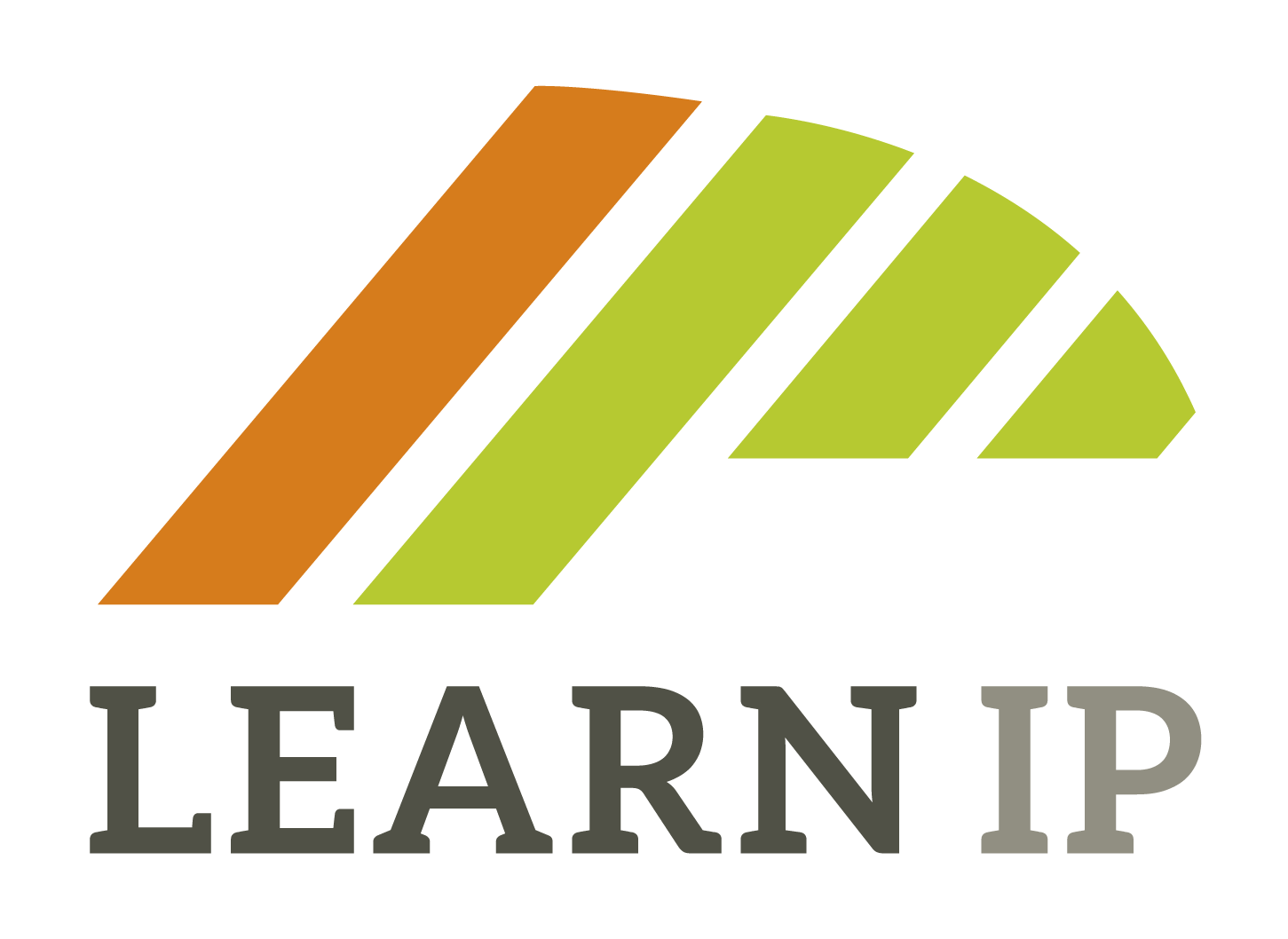When it comes to the use of property rights, the cultural sector lags behind many other sectors and, regrettably, actors often lack awareness of this. Admittedly: It is not an easy subject to work on, the complexity is considerable and legal expertise is often required. Regrettably, university education in the training paths of heritage preservation, cultural management, and cultural tourism does not sufficiently address the issue, and curricula development takes far too long. Thus, vocational training has an even greater responsibility to provide appropriate tools here.
So what to do to raise awareness of property rights and qualify the cultural sector? Here are four concrete proposals:
1. provide low-threshold qualification: qualification and support opportunities such as the LEARN-IP training are a step forward for training the workforce, even more so if such training is available for free in several languages (English, German, Romanian, Spanish, North Macedonian and Bulgarian) and tailored to the needs of cultural heritage preservation and cultural tourism.
2. learning from good examples: it is not easy to identify good practices for the effective use of property rights as information on this is usually not published. Nevertheless, in the LEARN-IP training it was possible to gather 16 good practices and analyse them based on their success factors. They are integrated into the training modules as part of the learning units and added as a downloadable document on this page. These include exciting examples such as the protection of unique regional handicrafts (ceramics from the Romanian region of Bukovina, pearls from the North Macedonian city of Ohrid), trademark protection of a cultural event (Munich Oktoberfest) or for the development of cultural tourism (protected geographical indication for Bulgarian rose oil).
3. providing support in exploiting property rights at the national level: In many events that accompanied the LEARN-IP development, one of the most important questions asked by participants was who could help them in their own country. It became clear time and again that the representatives of cultural heritage preservation and cultural tourism were not even aware of the existing possibilities or were afraid to make use of them because, for example, they did not see themselves as entrepreneurs who might need a protection of their products and services. For this reason, contacts were compiled with many practical tips in a separate brochure, which is now available for the countries Germany, Romania, Spain, Northern Macedonia and Bulgaria.
4. recognising opportunities in an easy-to-understand way: Gaining a qualified overview of how to identify property rights and which paths to take to claim them is difficult. However, there are now some tools that can help. For several sectors of the cultural and creative industries, there are even quite a few such tools, e.g. for the more technologically oriented sectors such as the design-oriented sectors or the games sector. In other words, these sectors are already better positioned to use these rights.
In the domain of cultural heritage and cultural tourism, there are a few IP resources openly accessible. The “My Intellectual Property” tool, developed by Creative FLIP – a European Union co-funded project- stands as a prime example. This tool features a comprehensive database of IP resources tailored for the cultural and creative industries across Europe, crafted by diverse initiatives. It not only offers a filterable dataset, but also provides insightful IP tips specific to different creative industries, and inspiring case studies. The objective is to streamline access to these resources and IP knowledge for European creatives, fostering their growth and success. Check it out: https://creativesunite.eu/myip
(Title picture: Gerd Altmann auf Pixabay)

